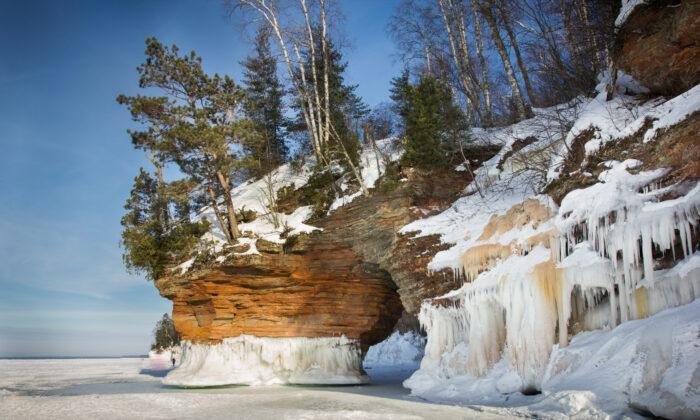But for those who choose to live here, ice is just something you learn to negotiate and even incorporate into your leisure time.
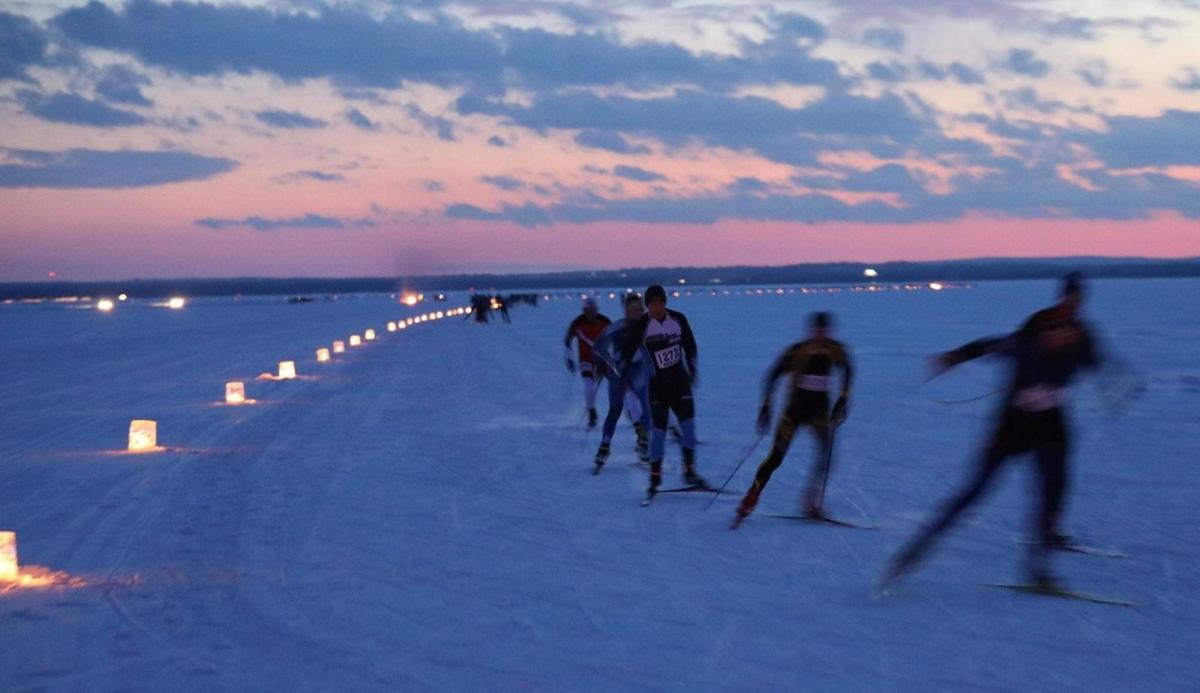
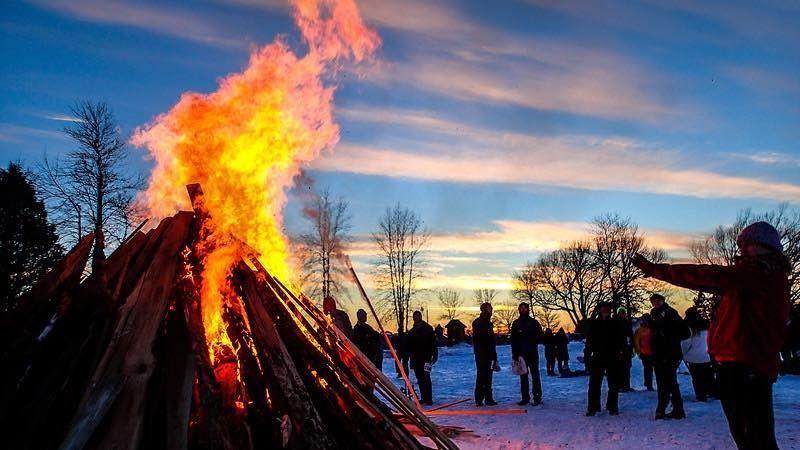
In 1996, a group of locals thought it would be a pretty good idea to ski across the ice and the idea caught on. Feb. 19, 2022, marked the 25th anniversary of what originally began as a fundraiser for the local library. Around these parts, to book is “to move quickly” and the library angle just completed the pun.
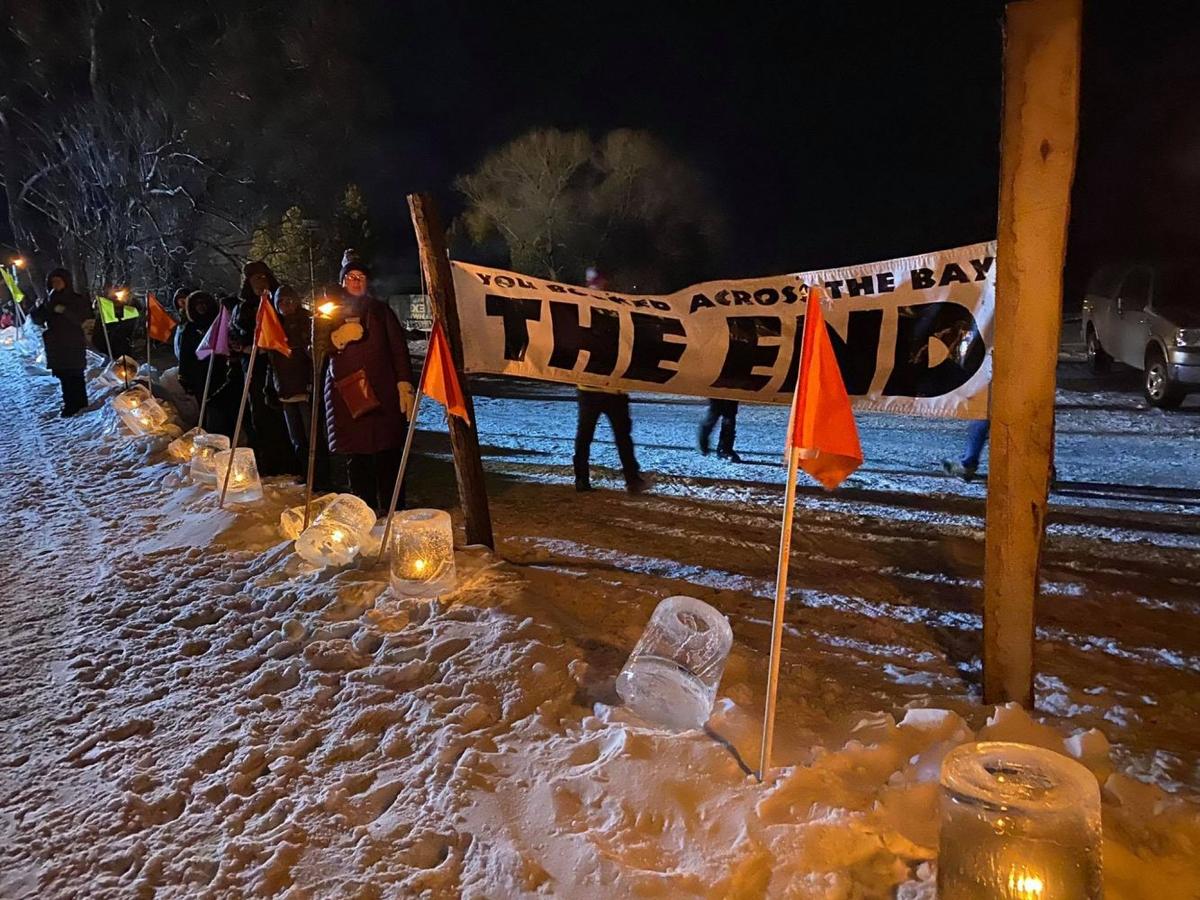
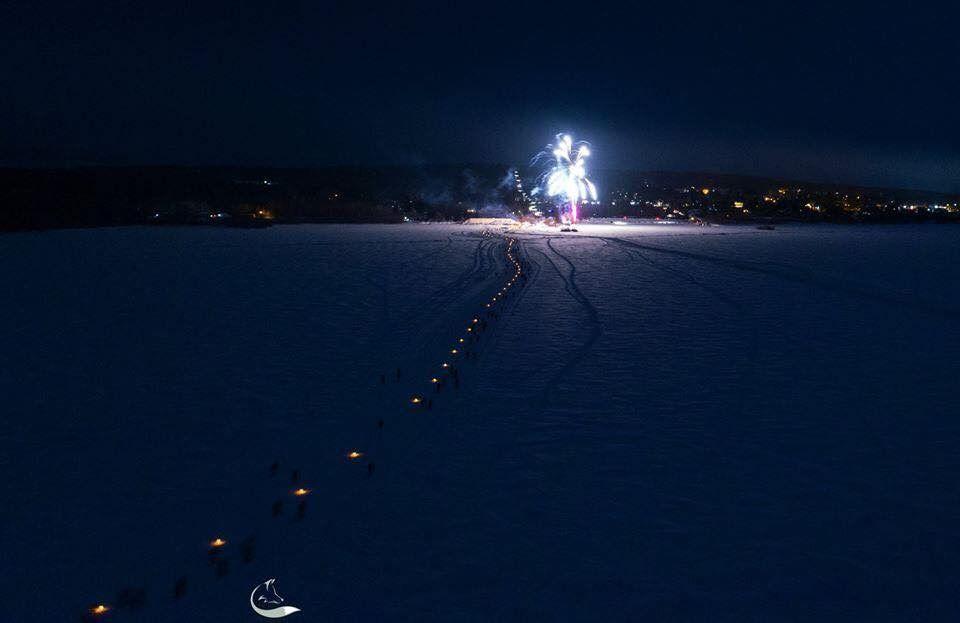
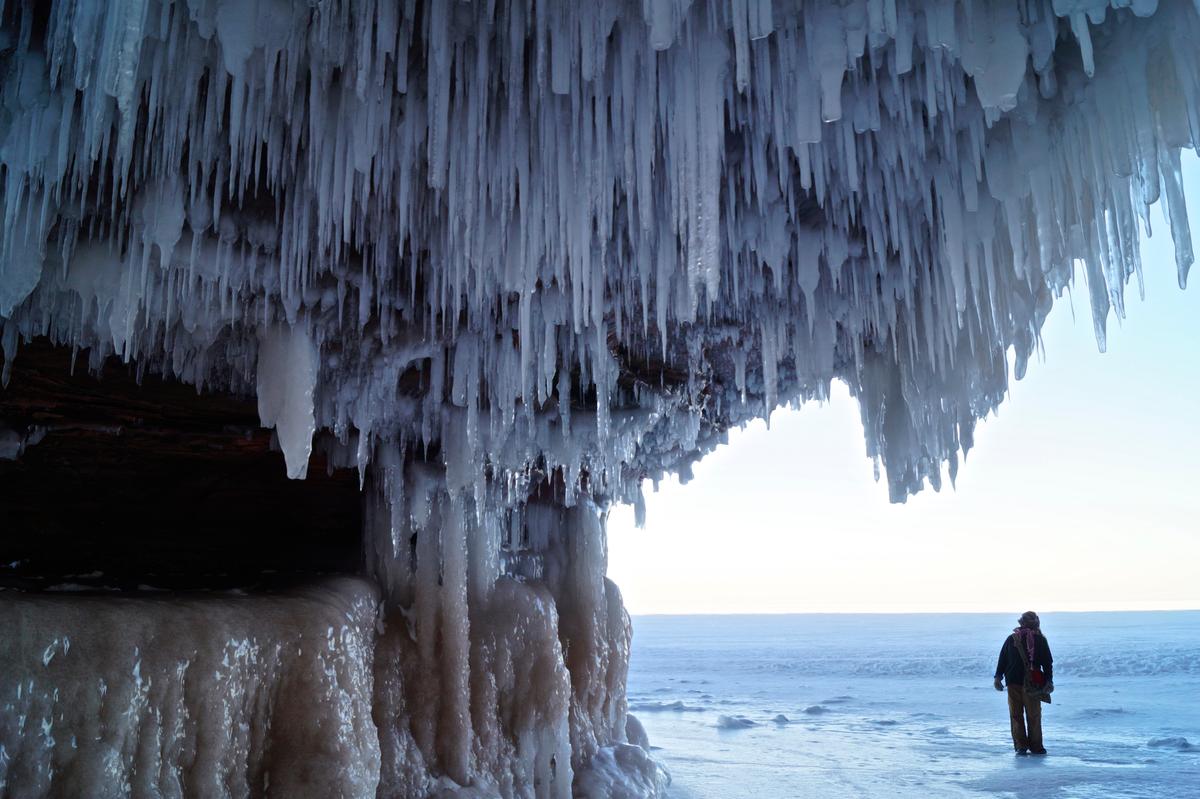
The Ice Caves
The peninsula’s Apostle Islands aren’t a national park, but a national lakeshore. So in addition to the federally protected 21 (of the total 22) namesake isles, there is also a good chunk of protected coastline with some stunning sandstone cliffs. Battered and weathered by the relentless forces of Lake Superior’s wind and waves, these cliffs feature sculpted colored rock, caves, crevices, and tunnels. In summer, sea kayakers venture a mile east of Meyers Beach to get up close and paddle through—when the lake and its frequently changing wave patterns allow.Likewise in winter, if the ice and weather are just right, visitors come out—this time on foot, skis, or snowshoes crossing along the frozen lake surface. The cliffs and their caves take on beautiful layers of ice and massive icicles and formations. When the rising and setting sun lights them up orange, it will take your breath away.
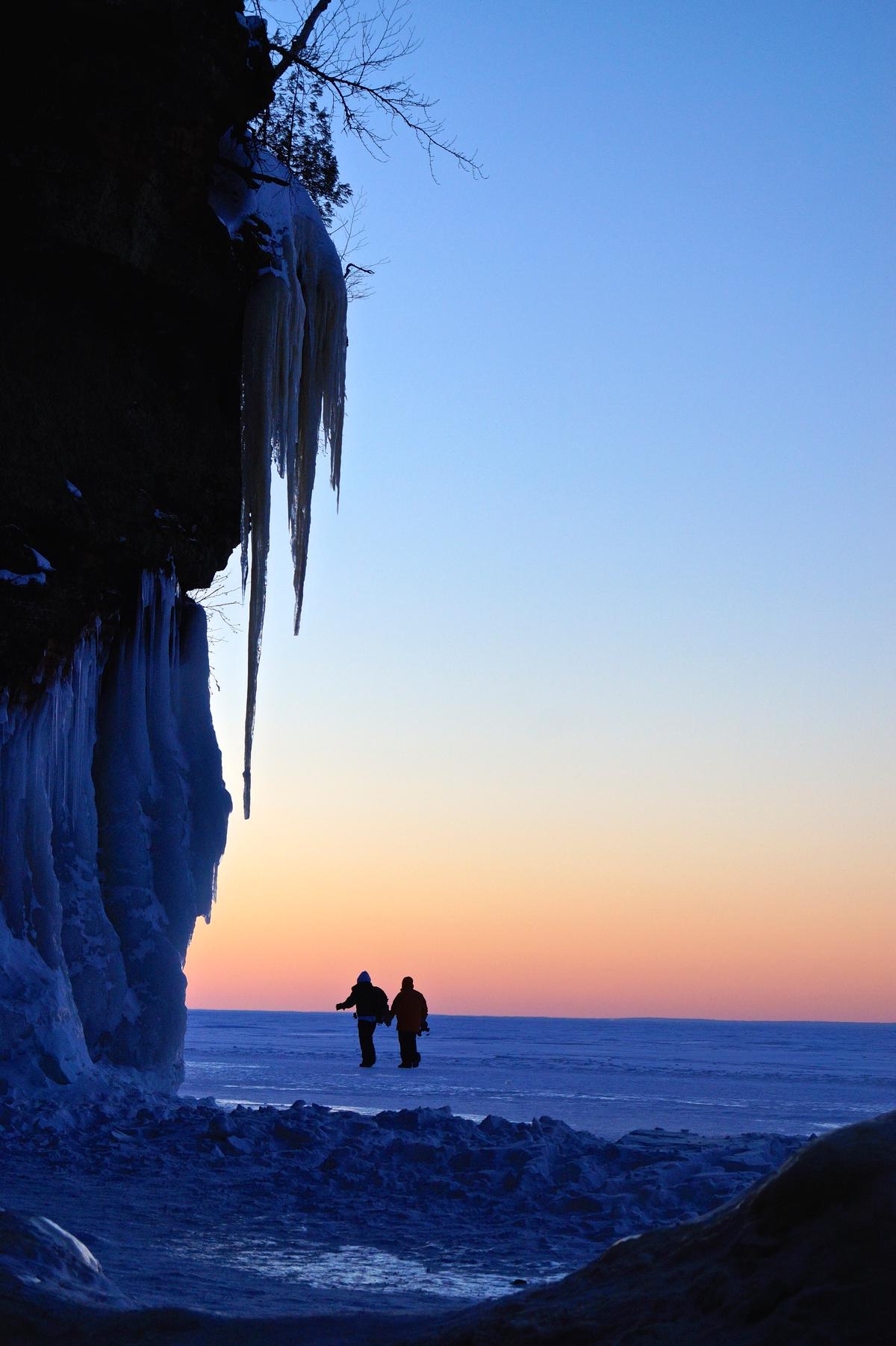
The Ice Road
Another option is a drive on the ice. Check out Madeline Island, the only one of the 22 Apostle Islands not included in the National Lakeshore status. People reside here year-round, and a car ferry makes the 2.25-mile trip up to eight times a day in season. But when the ice forms, you can simply drive there—with traffic cones and discarded Christmas trees planted in the snow to keep you from wandering off course when visibility is bad.If you don’t get to see the National Lakeshore caves, head to Big Bay State Park, situated on the eastern side of Madeline Island. The park’s four miles of shoreline features carved sandstone cliff-like formations (though not as tall as the national lakeshore), and a layer of ice formations covers them. Big Bay Point is best for viewing, but don’t try to walk on the ice. A sunrise through there is pretty.
Each year, the ice has been coming later and later and lasting fewer days. Some years have shown no roadworthy ice—2012, for example—and either the ferry runs all season or a wind sled helps out when neither cars nor ferries can get across. That mainland connection keeps residents from going stir-crazy.
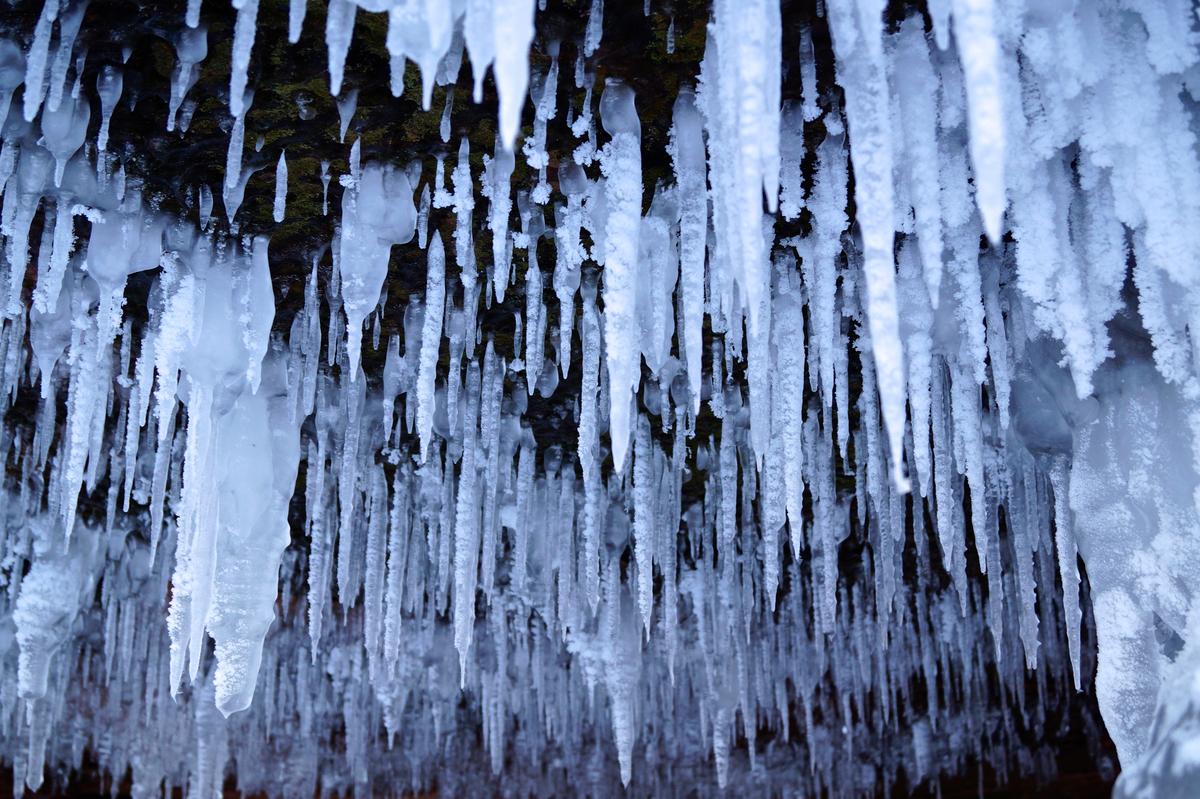
Icefalls and Luminaries
Several photogenic waterfalls in the area look quite fine in their frosty state as well. Big and Little Manitou Falls at Pattison State Park and Amnicon Falls State Park, both less than about an hour west of Ashland, are good bets, as are the two main waterfalls at Copper Falls State Park to the south. The latter has an evening hike/ski event on Feb. 5 that is lighted by ice luminaries. (This sort of lighted nighttime event is common throughout Wisconsin in winter, especially in state parks.) For a hidden beauty on the Bayfield Peninsula, snowshoe into the woods to find the diminutive Lost Creek Falls (see my book “Hiking Wisconsin“) just south of Cornucopia.Gone Fishing
Lake Superior ice is fickle, and a warming of its waters may make it even more so. About once every couple of decades, the lake freezes over completely. Or as little as a third. Some areas—sheltered bays, the Ice Road—get reliable ice almost every year, and some places in the coldest of times will freeze, but then a shifting can break it up or allow water to come up over it. My grandfather, a hardcore ice fisherman years ago, recalled walking two miles back to shore, dragging his sled of fishing gear while the water swished over his ankles.My relatives told me of three fellows whose ice once broke free from the mainland and floated a day or six (depending on the storyteller) before bumping into one of the Apostle Islands (Hermit Island, according to Grandmother). There they waited to be rescued—and presumably, kept fishing. Sounds crazy, but then recently, Green Bay (the actual bay, not the city, though they are connected at the hip) made national news when a large group of anglers took an unintended iceberg cruise and needed rescuing. These things happen, but when the fish are biting, what’s a fellow to do?

